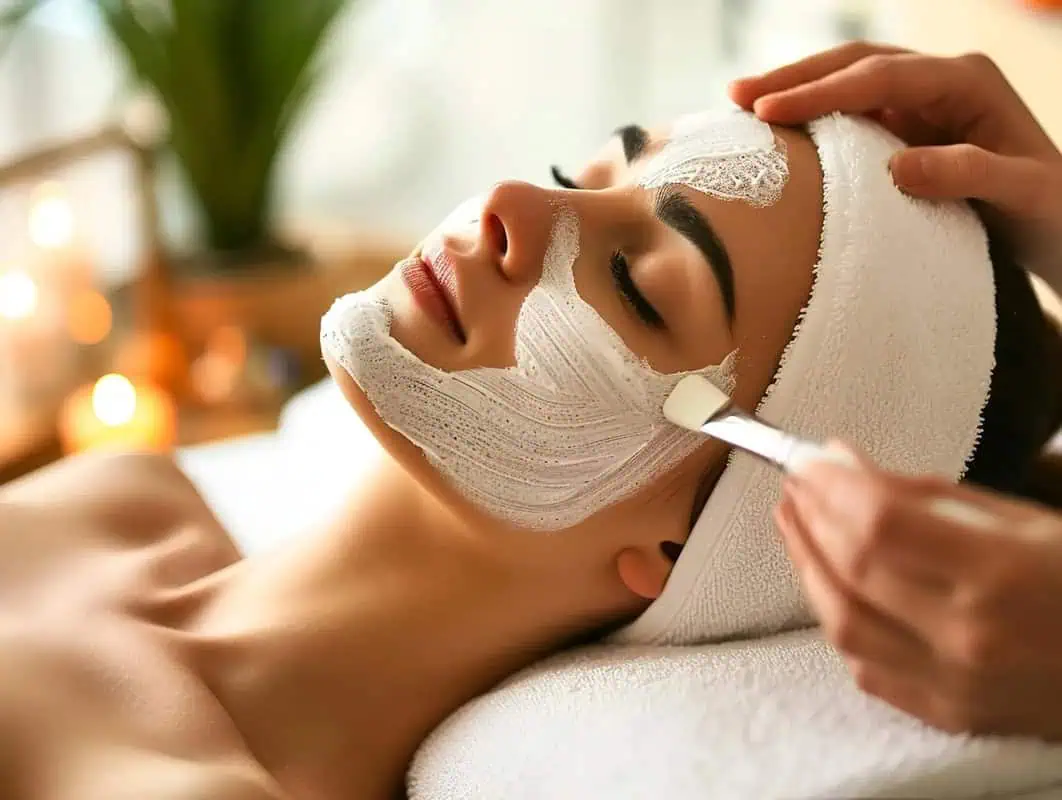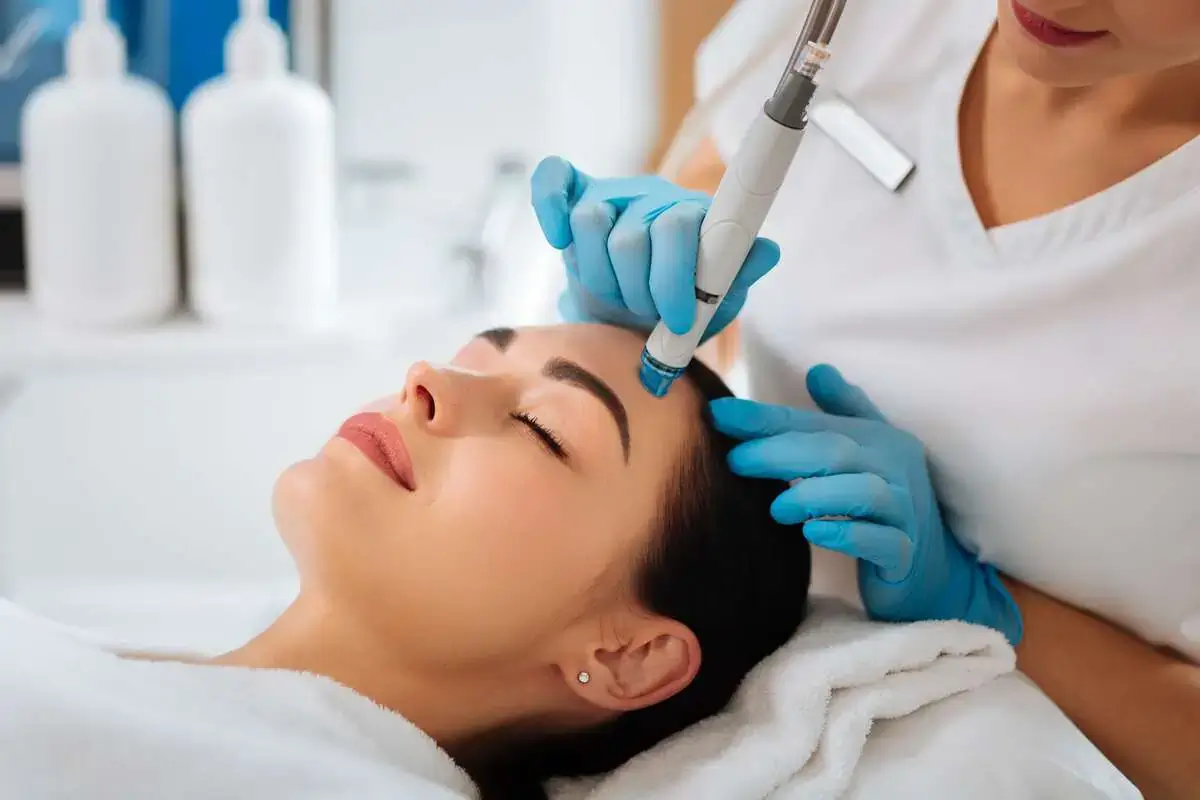Botox and Dysport are two of the most popular and effective cosmetic treatments used to reduce the appearance of fine lines and wrinkles. Both treatments contain a form of botulinum toxin, a protein produced by the bacterium Clostridium botulinum, which is known for its ability to relax the muscles that cause facial wrinkles. However, patients should be aware of some differences between the two treatments when choosing between them.
This article will explore the differences between Botox and Dysport regarding their composition, effects, and side effects. Read until the end and discover if these injectables can work for you.
What is Botox?
Botox is a cosmetic treatment that has gained immense popularity over the years. Botox is a non-surgical procedure involving injecting a purified form of botulinum toxin into specific muscles to paralyze them temporarily. This famous toxin works by blocking the nerve signals that cause muscle contractions. When injected into facial muscles, it prevents the muscles from contracting and results in a much smoother, younger-looking appearance.
Typically, Botox is known to reduce the appearance of wrinkles, fine lines, and crow’s feet around the eyes, forehead, and mouth. It can also treat medical conditions such as excessive sweating, migraines, and muscle spasms. The effects of Botox typically last for three to six months, after which the muscle activity gradually returns to normal. When performed by a trained and licensed medical professional, the procedure is generally safe, and side effects are typically mild and temporary.
However, it’s important to note that Botox is not a permanent solution for aging skin and may not be suitable for everyone. The best thing to do is consult a qualified healthcare provider before cosmetic surgery.
What is Dysport?
Dysport is a brand name for an injection used to treat certain muscle-related conditions, such as wrinkles, muscle spasms, and excessive sweating. It works by blocking signals from the nerves to the muscles, preventing them from contracting and causing the symptoms.
The active ingredient in Dysport is a protein called botulinum toxin type A, which is produced by the bacteria Clostridium botulinum. This protein is a neurotoxin, which can affect the nervous system and cause paralysis.
When Dysport is injected into the targeted muscles, the botulinum toxin type A binds to nerve endings and blocks the release of a chemical called acetylcholine. This chemical transmits signals from the nerves to the muscles, telling them to contract. Without acetylcholine, the muscles can’t contract as effectively, which results in a reduction in the symptoms.
Dysport injections are usually administered by a trained medical professional, such as a dermatologist or a plastic surgeon. The injections are typically well-tolerated, although some may experience mild side effects, such as redness, swelling, or bruising at the injection site.
Dysport can be an effective treatment for certain muscle-related conditions, and it works by blocking signals from the nerves to the muscles, reducing the symptoms.
Similarities and Differences between Botox and Dysport
Similarities
Regarding wrinkle reduction, Botox and Dysport are two popular options that share similarities. Both injectable treatments use a botulinum toxin to paralyze muscles and smooth out wrinkles temporarily.
Botox and Dysport can be used as treatments for similar areas of the face, including forehead lines, crow’s feet, and frown lines. They both work by blocking the signals from nerves to muscles, which causes the muscles to relax and reduces the appearance of wrinkles.
In terms of effectiveness, Botox and Dysport have been shown to have similar results, although some people may respond better to one treatment over the other. Both treatments typically last for three to six months before another injection is needed.
It’s important to note that while Botox and Dysport share similarities, there are also some differences. For example, Dysport tends to diffuse more quickly than Botox, making it a better option for more extensive treatment areas. Additionally, some people find that Dysport has a faster onset of action than Botox.
Ultimately, the decision to choose Botox or Dysport will depend on individual preferences and the advice of a qualified healthcare provider. Both treatments have been used for many years and are generally considered safe and effective for reducing the appearance of wrinkles.
Differences
Composition
Botox is the brand name for a type of botulinum toxin produced by Allergan. Dysport, on the other hand, is produced by another company called Ipsen. Both products contain a form of botulinum toxin but have different formulations and dosages. Botox contains onabotulinumtoxinA, while Dysport contains abobotulinumtoxinA. The two products have slightly different molecular structures, which can affect how they work and how long their effects last.
Effects
Botox and Dysport work by blocking the signals that nerves send to the muscles that cause wrinkles. This factor drives the muscles to relax, smoothing the skin above them. The effects of both treatments are temporary and typically last for three to six months, after which the medicine must be repeated to maintain the results.
However, some patients report Dysport may take effect more quickly than Botox, with results appearing in as little as 24 hours. Botox typically takes three to five days to take effect. Dysport may also have a slightly broader diffusion pattern than Botox, which may be better suited for treating larger areas, such as the forehead.
Side Effects
Botox and Dysport are considered safe when administered by a qualified medical professional. However, like any medical procedure, they can cause side effects. Both treatments’ most common side effects are temporary, including redness, swelling, and bruising at the injection site. Some patients may also experience headaches, nausea, or flu-like symptoms.
The side effects of Dysport and Botox may vary depending on the individual patient and the area being treated. Some patients may experience more side effects with one treatment than the other. It is essential to discuss any concerns about potential side effects with a qualified medical professional before undergoing treatment.
Final Takeaways
In summary, Botox and Dysport are two similar but slightly different treatments for reducing the appearance of wrinkles. Both medicines contain a botulinum toxin and work by relaxing the muscles that cause wrinkles. However, they have different formulations, affecting how they work and how long their effects last. Some patients may find that Dysport takes effect more quickly or is better suited for treating larger areas, while others may prefer Botox. Both treatments are generally safe and effective when administered by a qualified medical professional, but patients should discuss their concerns and preferences with their doctor before undergoing treatment.
Are you interested in experiencing injectables like Botox? Our awesome friends at The Spa MD can help you today.



